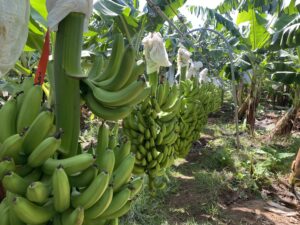Africa’s population is expected to double by 2050, the continent must ditch the hoe in favor of modern technology, which will complete the same tasks far more efficiently.
A transformation from small-scale subsistence farms to mechanized, more commercially viable farms is essential. Currently, mechanization levels on farms across Africa are very low, with the number of tractors in sub-Saharan Africa ranging from 1.3 per square kilometer in Rwanda to 43 per square kilometer in South Africa, compared with 128 per square kilometer in India and 116 per square kilometers in Brazil. Without mechanized agriculture, productivity suffers drastically, lowering farmers’ earnings, notes the Alliance for a Green Revolution in Africa.
Africa currently spends a whopping $35 billion annually on food imports, according to the African Development Bank (AfDB), which projects that if the current trend continues, food imports could rise to $110 billion by 2050. Africa should be the breadbasket of the world.
Technologies to achieve Africa’s green revolution exist but are mostly just sitting on the shelves. The challenge is a lack of supportive policies to ensure that they are scaled up to reach millions of farmers. One of the advantages of mechanized agriculture is that it can potentially attract youth to farms and put a dent in Africa’s high youth unemployment, which accounts for about 60% of total unemployed.


